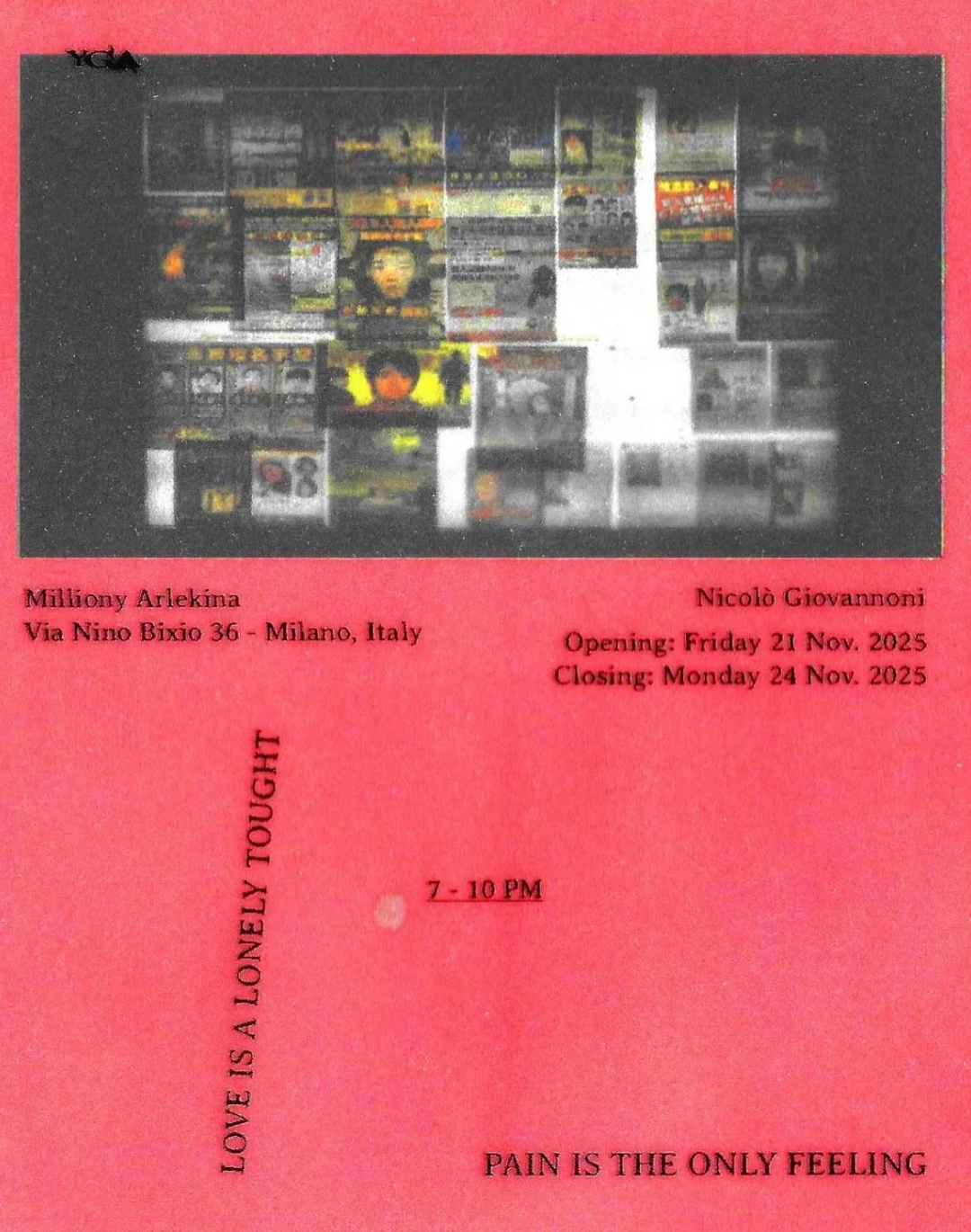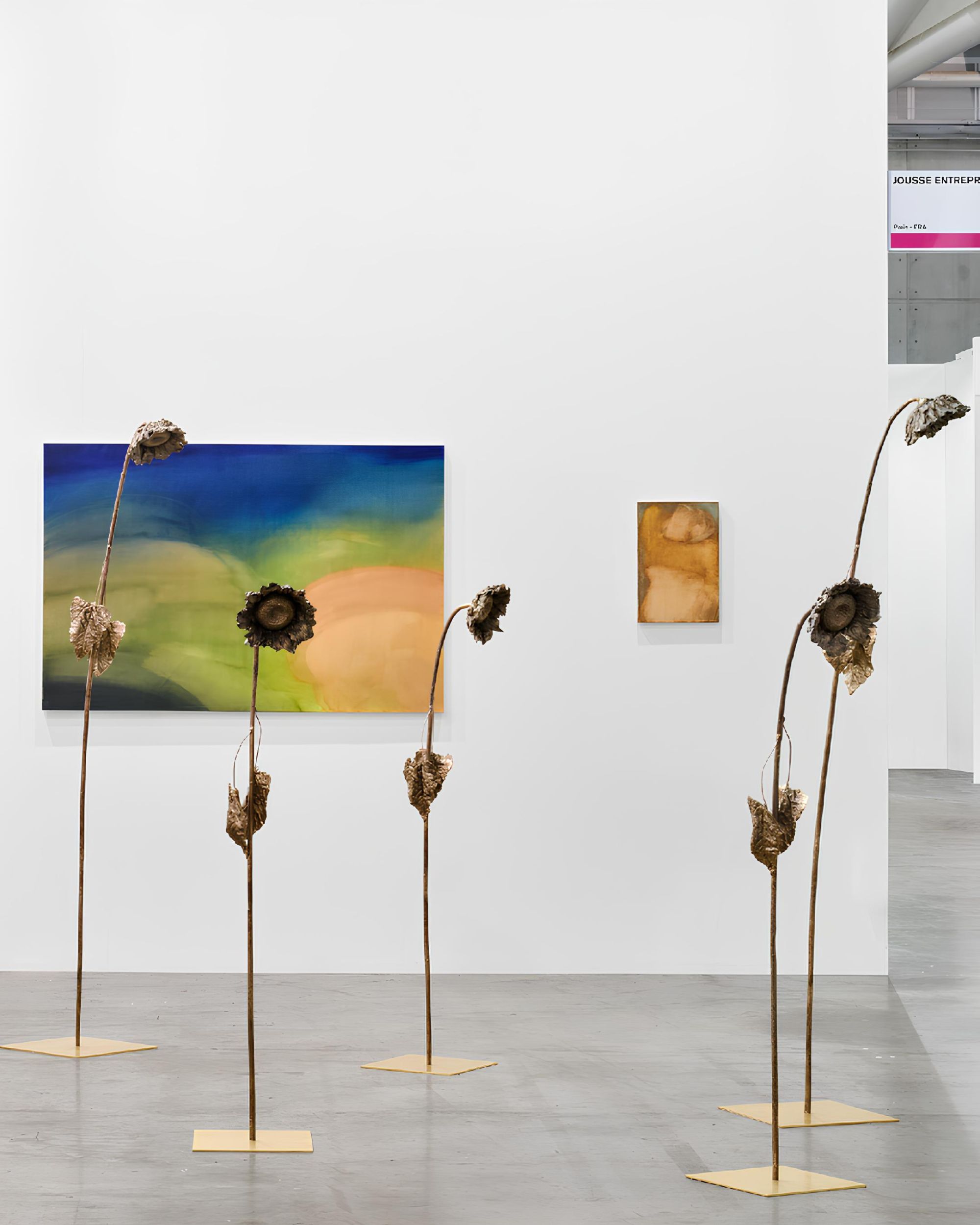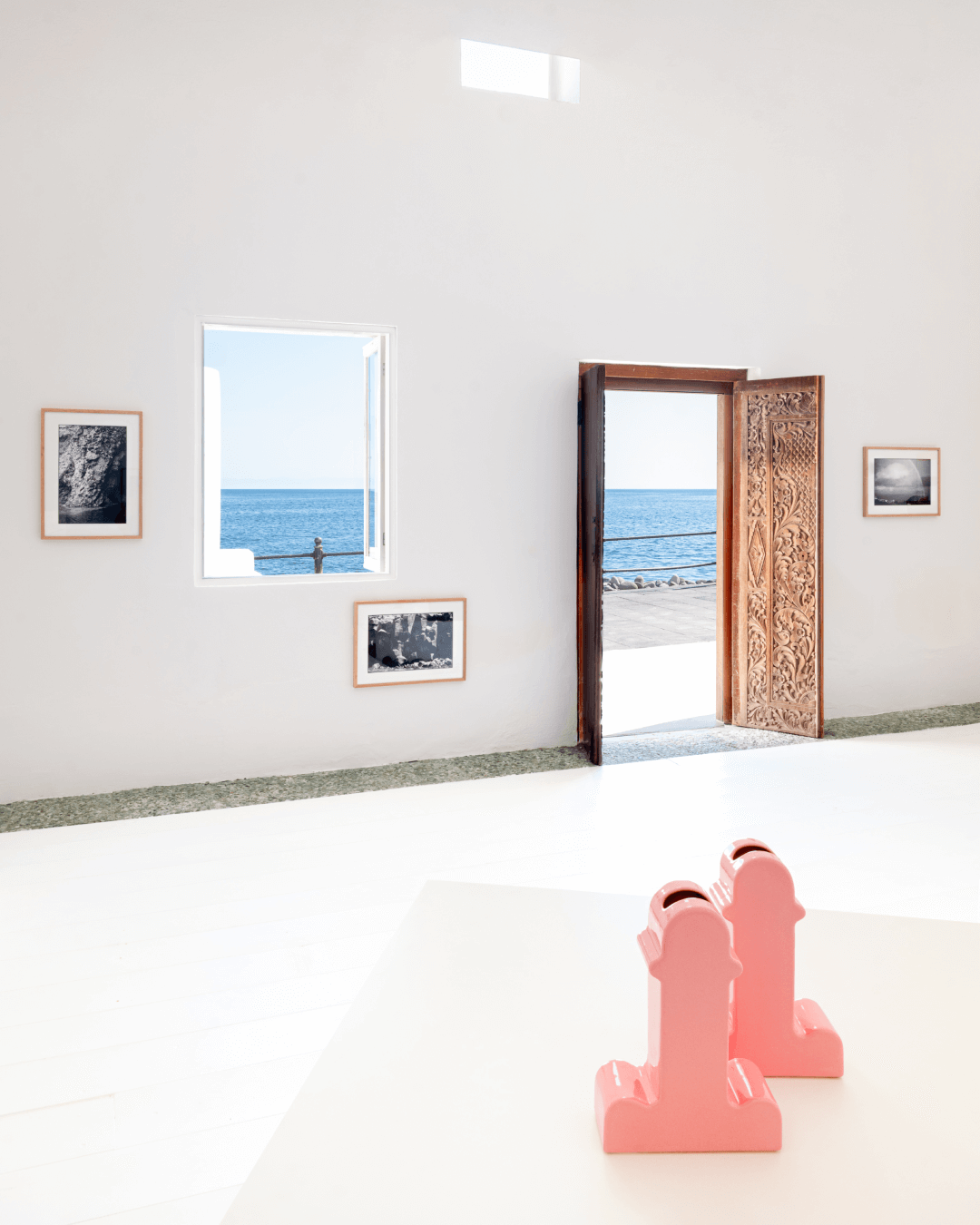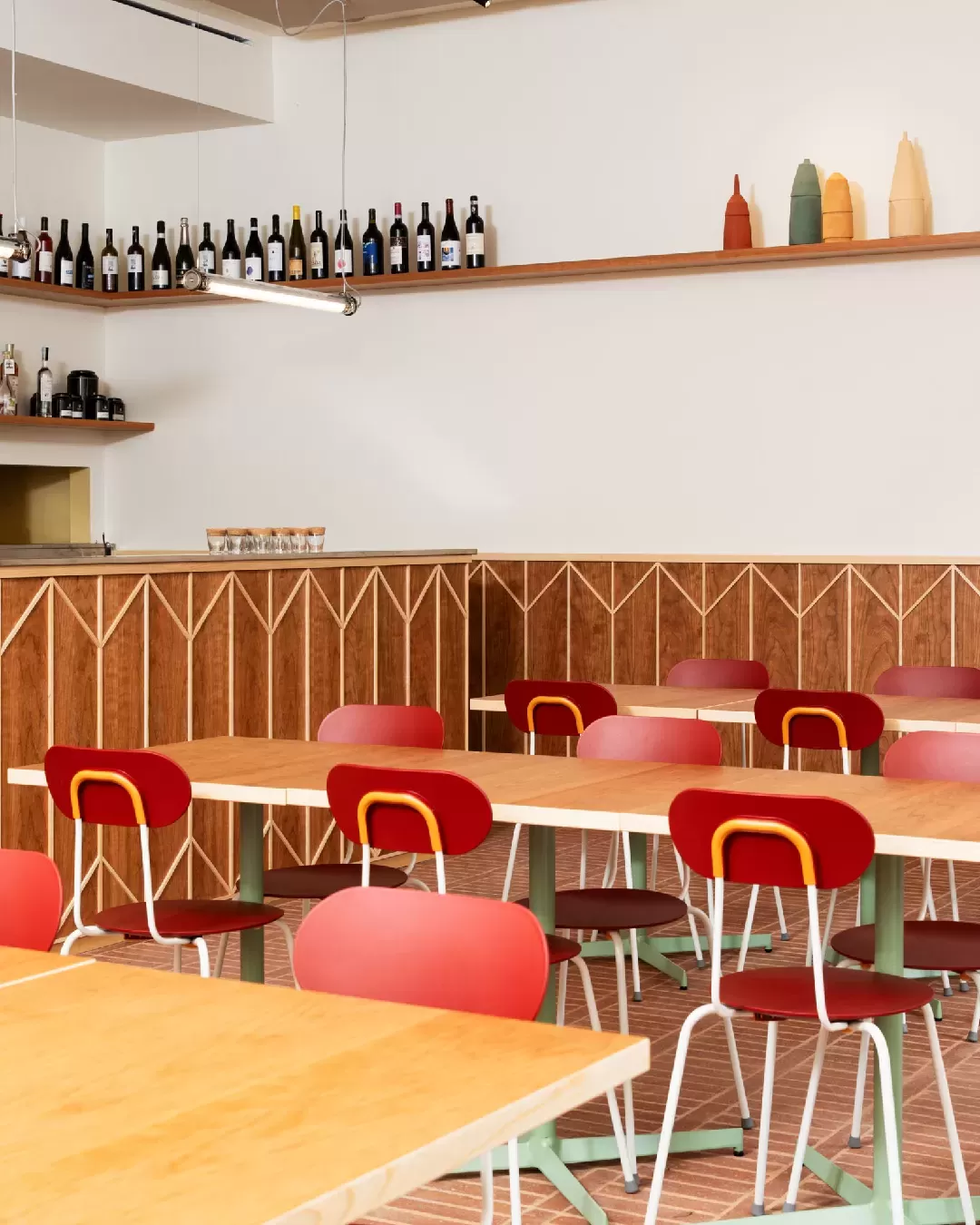
How works of art move in and out of museums The art of moving art
Art moves in and out of museums much more than one might think. A museum is not a place where spaces are always the same, and works of art are not always visible only within the museum institution that owns and preserves them. Exhibitions are in fact often composed of works borrowed from other galleries or collectors. Museums today have a very different role than in the past. These institutions were once created to solely exhibit the collection they owned, whereas now the works kept by galleries have grown a lot, so the management of space and the movement of the works has become a key issue. In addition, today's museums must be able to create conscious relationship with the area surrounding the art, without forgetting the economic aspect of the project. In order to achieve these aims, and to involve an ever-growing public, the museum must constantly update its thematic proposals and exhibition techniques.
Magdalena Abakanowicz at Tate Modern. Grand-scale multi-sensorial textile sculptures by the late Polish artist. An absolute must see exhibition, brilliantly curated and installed #magdalenaabakanowicz #tatemodern #textileart #fibreart @Tate pic.twitter.com/kH6ZPYNnh9
— Darren Pih (@pih_darren) March 3, 2023
Collections are thus subjected to an almost continuous arrangement: new interactive paths are created, as works of art are moved from one room to another to make room for temporary exhibitions. Art therefore is in constant movement inside a museum, as well as outside of it when it is loaned to another institution, a process that is usually managed by the so called "registrar." The profession originated in the United States in the 1950s, when this role was simply required to record the arrival of works in museums. Today, however, the figure is responsible for coordinating a whole series of complex activities - from the moving of works, to their safe mounting once they arrive at their destination, to the adaptation of a museum's exhibition spaces. Moving works of art, as can be expected, is very delicate: to protect the painting, sculpture or installation, all phases of the handling must take place in complete safety, especially when a loan is granted to another museum. In these cases, direct contact is made with the requesting museum, in particular with the office that manages the collections and coordinates the exhibitions; the type of transport and packaging is agreed upon, and insurance policies are activated.
Oftentimes, the structures and techniques devised to protect and transport the works are tailor-made and designed according to its characteristics and size, and are just as sophisticated as those used to create the work itself. They tend to use special crates - waterproof and fireproof - where a device is applied inside that monitors temperature, humidity, shock, and position throughout the transfer. For several years now, a special fabric has been used, Tyvek, which, while blocking water, allows the work to "breathe." The crates then need to be cushioned, and in these cases, among other things, springs are typically used to transport armaments, each of which is calibrated to vibrate differently, depending on the weight of the work. Then there are the international shipments, which require reliance on vehicles, aircraft or ships that must guarantee precise standards for movement on land, water or in the air - these means of transport are often equipped with wi-fi to monitor routes, as well as internal and external cameras.
@v0jaded wish I could do this ahah #thedreamersmovie #fyp #louvremuseum Yellow - Coldplay
The registrar also coordinates the conservation of the work, especially when it needs to be disassembled and reassembled in order to be transported: before leaving the museum, the work is examined by restorers who draw up a "condition report", a kind of identity card on its condition. Upon arrival at the museum, once the crate is opened, the condition report is checked a second time to ensure that no damage occurred during transport. During exhibitions, periodic checks are also made by the organisers on the condition of the works, and at the end of the exhibition a final condition check - with respective certification - is carried out. The work is finally repackaged, transported and, after passing the final check, returned to the museum that holds it. A final fundamental characteristic that the registrar must have in order to be able to carry out such a profession is artistic sensitivity. How could one otherwise share the needs of seemingly shapeless and random works that require sophisticated solutions costing thousands of euros to transport and protect?















































